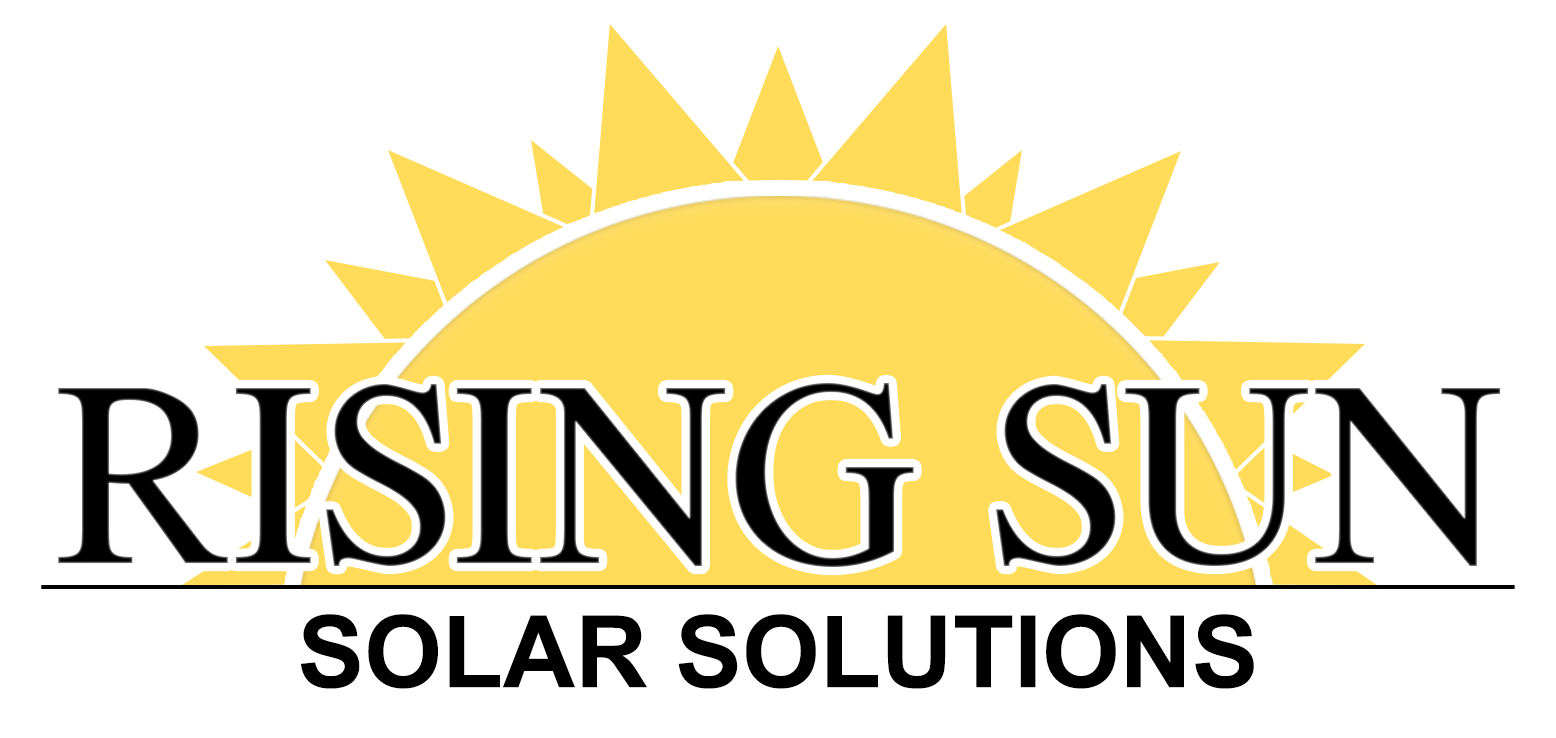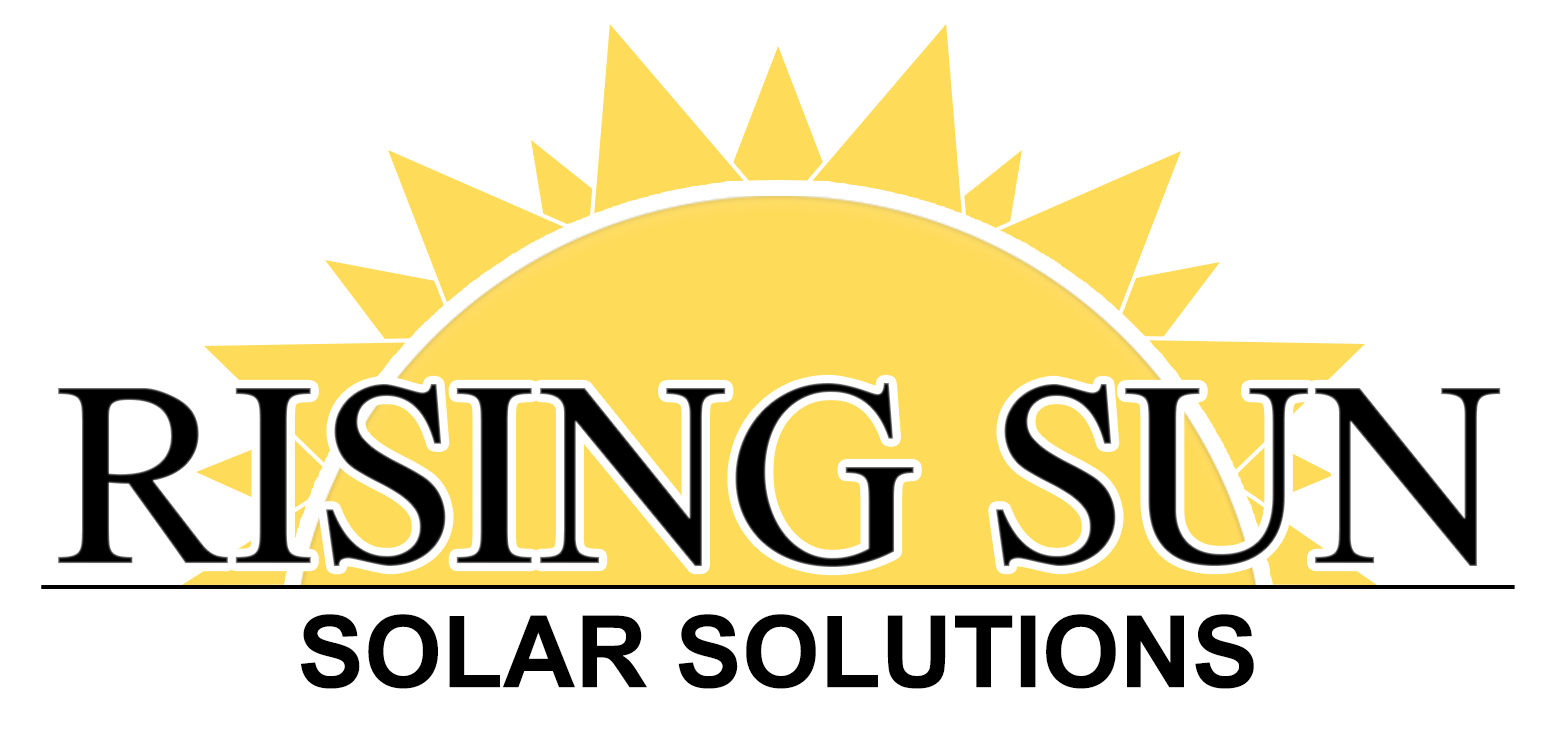With the cost of solar installation dropping from an average of $40k in 2010 to an average of $25k in the last few years, there hasn’t been a more affordable time to go solar.
However, $25k is still a lot of money to pay in full for many Americans, which may have you thinking that solar is just out of your reach.
Luckily, a loan for solar energy is easier to grasp than you think.
Find out how to find, qualify, and apply for a solar panel loan below.
What is a Solar Loan?
A solar loan is a specialized type of financing designed to help homeowners finance the purchase and installation of solar panel systems.
Unlike traditional personal loans or home equity loans, solar loans are structured to align with the unique economics of solar energy investments. For example, they typically have favorable terms like $0 down signing amounts, low-interest rates, and flexible monthly repayment options, which makes solar power more accessible and affordable for homeowners.
Understanding the Cost of Solar Power Installation
As mentioned at the top of the article, the cost of solar has been cut nearly in have over the last decade. Availability of the materials and advancements in technology have a lot to do with this price drop. In addition, perks like Maryland solar incentives and federal tax credits also contribute to solar panel installation affordability.
However, completely free solar panels aren’t available to most homeowners despite these factors. That is why you need to understand your final cost of solar panel installation and know if it falls within your budget.
Solar power installation costs typically include the price of solar panels, inverters, mounting equipment, and the labor required for installation. On average, the cost of installing solar panels for a residential home can range from $10,000 to $30,000, depending on the size of the system and the location.
Additionally, you should consider the potential savings from solar power. By generating your own electricity, you can significantly reduce or even eliminate your monthly electricity bills. Over time, these savings can offset the initial investment, making solar power a financially viable option.
After calculating the price of solar panels you may find that the upfront costs are a little daunting. This is where a solar energy loan comes into the picture.
Affordability With Solar Loans
Solar power loans play a crucial role in making solar panels more accessible and affordable. These loans help you cover the upfront costs of solar panel installation without depleting your savings accounts.
By spreading out the cost of solar installation over a longer period solar power loans make it easier for you to afford the initial investment. Instead of paying the full amount upfront, you can make manageable monthly payments over of several years.
Moreover, solar power loans often come with favorable interest rates, making them a cost-effective financing option. In some cases, the interest paid on solar power loans can be tax-deductible, further reducing the overall cost of financing.
Factors to Consider When Choosing a Solar Power Loan
When considering solar power loans, it’s important to understand the rates, terms, and conditions so that you know what you are signing.
- Interest Rates: The interest rate on your solar power loan will directly impact the overall cost of financing. While solar loan rates depend on things like your credit score, they can also vary from lender to lender. This means that you should find a solar energy contractor that has partnered with a lender that offers low-interest rates.
- Loan Terms: The repayment term of your solar loan determines how many monthly payments you need to make to pay it off. Longer loan terms may result in lower monthly payments but can also mean paying more in interest over the life of the loan.
- Additional Fees: Some solar power loans may come with additional fees, such as origination fees or prepayment penalties. Be sure to carefully review the terms and conditions of the loan to understand any additional costs.
- Financing Options: Consider whether you want a secured or unsecured loan as most solar lenders only offer secured. Secured loans require collateral, such as your home, while unsecured loans do not.
- Eligibility Requirements: Different loan options may have different eligibility requirements. Some loans may require a minimum credit score or income level, while others may have restrictions based on the location of your property. Make sure you meet the criteria before applying for a loan.
By evaluating these factors and comparing different loan options, you can choose the solar power loan that best fits your needs and financial situation. Once you’ve selected a loan, it’s time to see if you qualify for it.
How to Qualify for a Solar Power Loan
To qualify for a solar power loan, there are several steps you need to take. First, you’ll need to gather the necessary documentation, including proof of income, employment history, and credit history. Lenders will use this information to assess your creditworthiness and determine the terms of your loan.
Next, it’s important to review your credit report and address any issues that may negatively impact your credit score. Pay off outstanding debts, correct any errors on your report, and ensure your credit utilization ratio is low.
Having a good credit score is crucial in securing favorable loan terms and interest rates. Lenders typically look for credit scores above 650, although some lenders may have more lenient requirements.
Once you’ve gathered the necessary documentation and improved your credit score, it’s time to start the application process. Working with your solar installer is the best way to ensure it is done right by coordinating finances with installation.
Applying for a Solar Loan
During the application process, be prepared to provide detailed information about your property, the solar system you plan to install, and your financial situation. The lender will review your loan for solar panels application and may request additional documentation or clarification.
If approved, you’ll receive the loan offer, including the loan amount, interest rate, and repayment terms. Carefully review the offer and seek clarification on any terms or conditions you don’t understand. Once you accept the offer, the funds will be disbursed, and you can proceed with the installation of your solar power system.
Tips for Maximizing the Benefits of Solar Power Loans
While solar power loans make clean energy more affordable, there are several tips to keep in mind to take advantage of the benefits of these loans:
- Evaluate your budget: Paying for a solar loan each month is an expense that you need to be prepared for. Calculate how much you can afford to make sure that the loan fits your budget. Be sure to factor in the potential cost savings once you begin generating your own energy.
- Consider long-term savings: Remember that solar power loans are an investment in the long term. Even if the upfront cost may seem high, the potential savings on monthly electricity bills can offset the initial investment over time.
- Evaluate your energy needs: Before installing solar panels, evaluate your energy needs and consumption. A professional installer will help you with this process to ensure that you choose the correct size solar energy unit.
- Leverage available incentives and rebates: Check for available solar incentives and rebates offered by your state or local government. These can help reduce the overall cost of solar power installation and make financing more affordable.
- Choose a reputable installer: Work with a reputable solar installer who has experience in the industry. A professional installer can ensure the optimal performance and longevity of your solar power system.
By following these tips, you can make the most of your solar power loan and maximize the benefits of solar energy for your home.
A Loan for Solar Energy is More Than a Loan
Taking out a loan for solar energy is different than most borrowing options. Because it is full of opportunity.
Similar to a home mortgage, a solar loan acts as an investment in several ways. It allows you to create your own energy, thus offering you freedom from utility companies, and it can even increase the value of your home.
But, the biggest difference between a typical personal loan and a solar one is that it gives you a chance to embrace solar energy while earning back your initial investment.
If you are ready to take your next step, we are here to help you get started. At Rising Sun Solar Solutions, we walk you through the process of understanding your loan options, seeing if you qualify, and helping you apply.
Contact us to begin your path toward energy independence today.


